The final days with Windows 10 are just around the corner, but that doesn’t mean your PC has to go with it. There are options for you should you want to extend your PC’s lifetime.
1
Continue With Third-Party Support
Several companies, like 0patch, have claimed that they will be releasing independent security patches for Windows 10 after the OS hits its end-of-service date. If this is true, you can continue using Windows 10 without needing security updates from Microsoft, although it’ll cost you money in the form of another subscription.
This option is, of course, reliant on external companies investing time, money, and resources into developing security patches for Windows 10. We have no idea what the update schedule will look like or whether or not any unpatched bugs will be treated with the same urgency as Microsoft fixes them. That said, with Microsoft giving up entirely on Windows 10, this is pretty much your only option if you want to continue using it.
Using the OS without future security patches is fine on an air-gapped computer—one that never connects to the internet. However, this approach isn’t practical for commercial or even personal use unless you’re spinning up a test bench in your lab.
2
Force Install Windows 11
The next logical option is to upgrade to Windows 11. If you have a PC that meets Windows 11’s strict hardware requirements, you’re good to go. But what if you don’t have the required hardware, particularly a TPM 2.0 compatible processor?
The answer is simple: you install Windows 11 anyway.
There are ways to bypass Windows 11’s hardware requirements. However, with Microsoft refusing to let up on its hardware requirements and constantly closing loopholes that allow Windows 11 installations in any other manner except what the company wants, there’s no saying when this will remain a viable option. Another option is to use Tiny11, a stripped-down version of Windows 11 without the extra bloatware or hardware requirements.
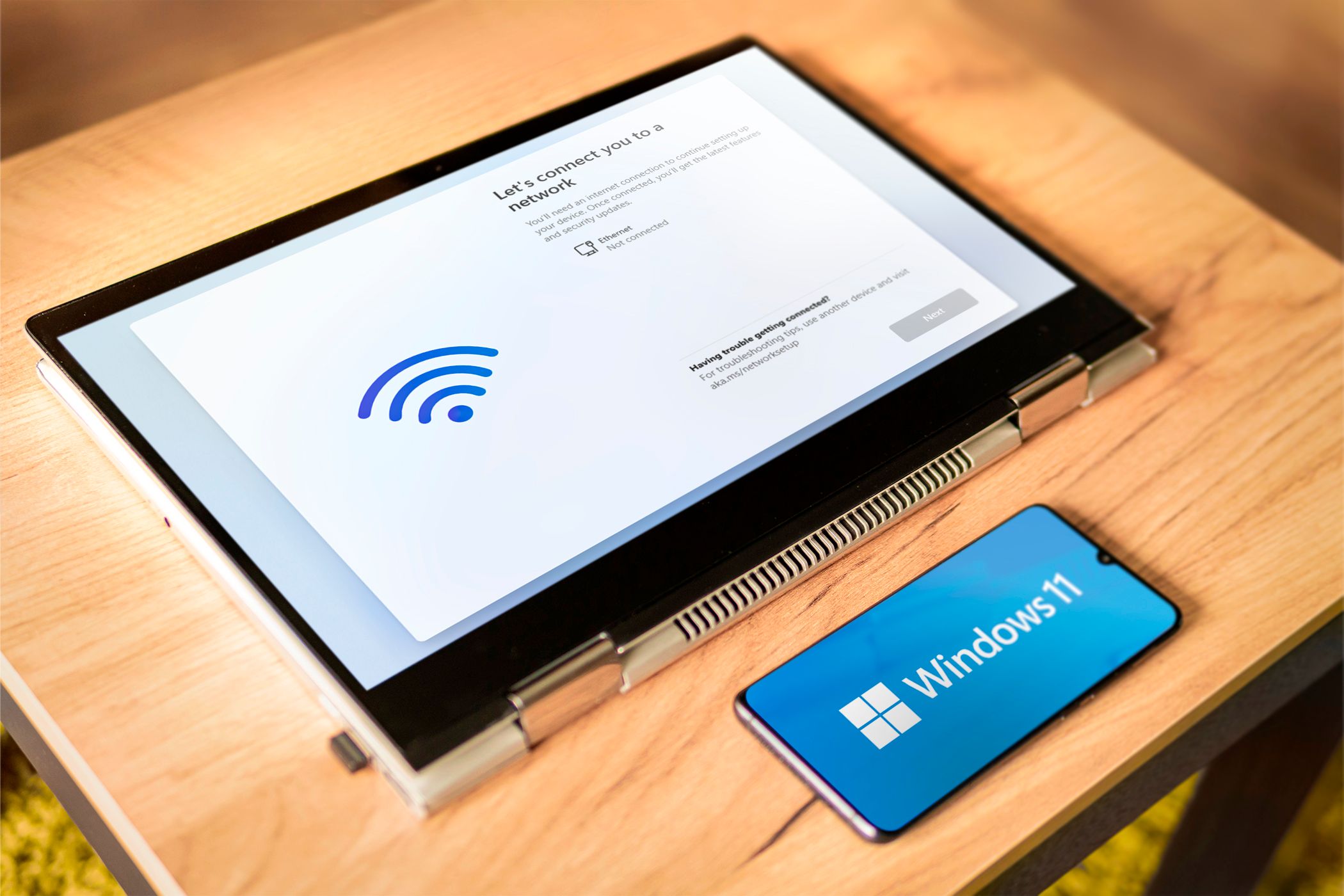
Related
Microsoft Is Removing the Windows 11 Installation Loophole That Lets You Skip Creating an Account
However, if you act fast, there is another workaround you can still use.
Even if you manage to get Windows 11 installed and running on unsupported hardware, the road ahead isn’t easy. Unsupported PC’s will likely not get future Windows updates from Microsoft, including any security updates required to keep your PC safe.
This puts you in the same boat as continuing to use Windows 10—a lack of security updates. However, the aforementioned workarounds can be used to install updates on a Windows 11 system as well. It’s a hassle, yes, but it’s far cheaper than throwing your perfectly functional computer in the trash or trading it for a poor price.
3
Install Linux
If you don’t mind moving away from Windows, installing Linux on older PCs is one of the best ways to recycle an old PC. Linux distros also tend to be lighter than Windows, so your PC will have an easier time running the new OS.
However, with dozens of options to choose from, picking the right Linux distro can be confusing. There are at least 10 lightweight Linux distros you can install on an old PC to get you started, but even something standard like Ubuntu, Arch Linux, or Linux Mint should work fine if you previously ran Windows 10 without issues.
And if you’re worried about Linux being too complicated, don’t be. Modern Linux distros have excellent, customizable graphical interfaces and system tools that’ll make you feel right at home. In fact, there are even some features Windows should steal from Linux.
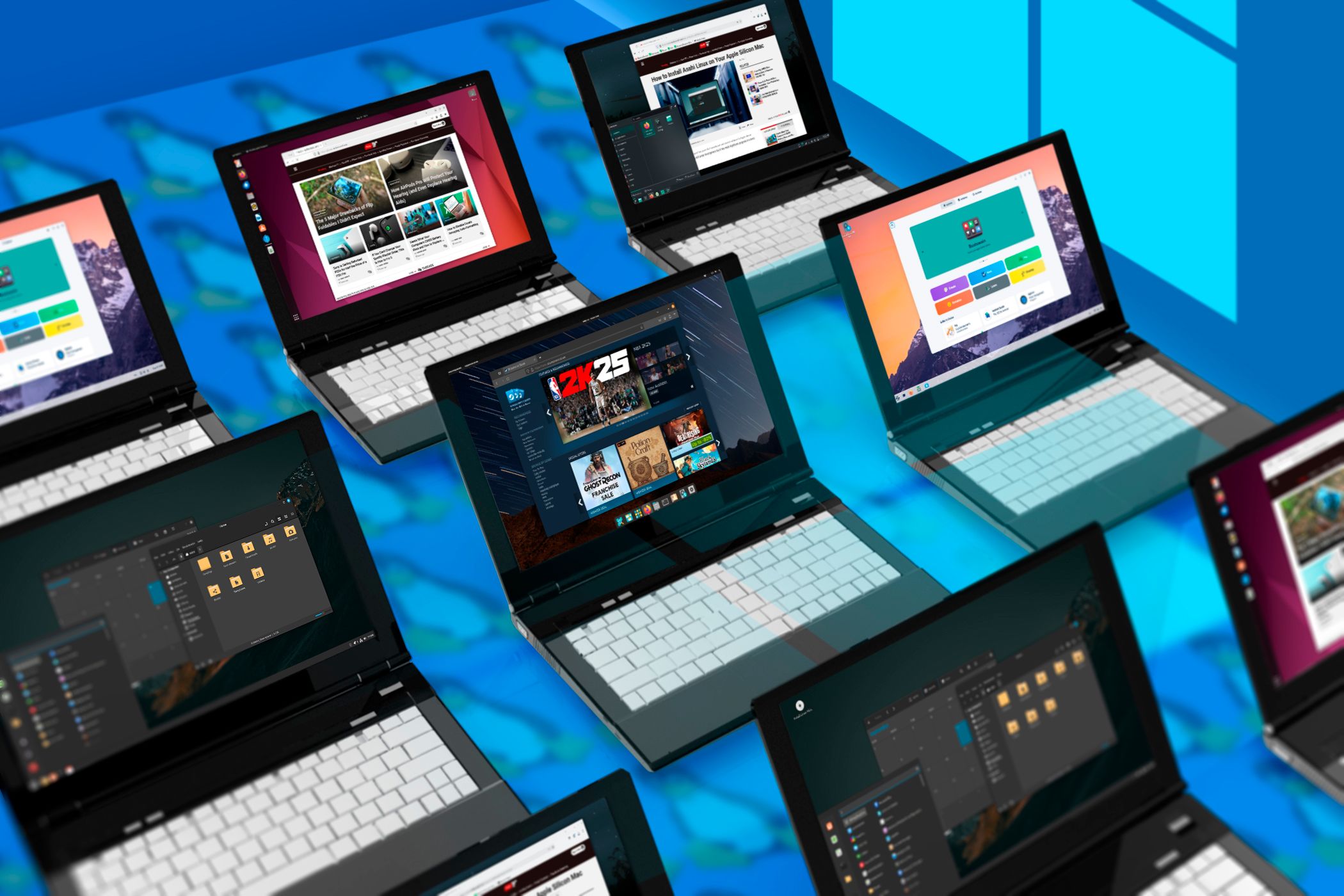
Related
Windows Users Can Get a Taste of Linux With These 5 Distros
Done with Windows? These user-friendly Linux distros are the best way to try something new.
Switching to Linux can work out well in your favor if you’re willing to give it a shot. The OS has come a long way from its command-line origins and is now a competent alternative to Windows, especially if you’re looking to bring back your old PC from the dead.
4
Use It as a NAS or Media Server
Last but not least, there are other uses for your computer if it’s not your daily driver anymore. If you’ve already upgraded to a new computer that supports Windows 11, you can turn your old computer into a NAS or home multimedia server with some quick setup.
Running your own NAS server frees you from relying on a cloud service provider like Google Drive and gives you significantly more storage capacity. Consider it your own private cloud storage. It can hold as much data as you want, and if you’re worried about security, you are now in full control of your data.
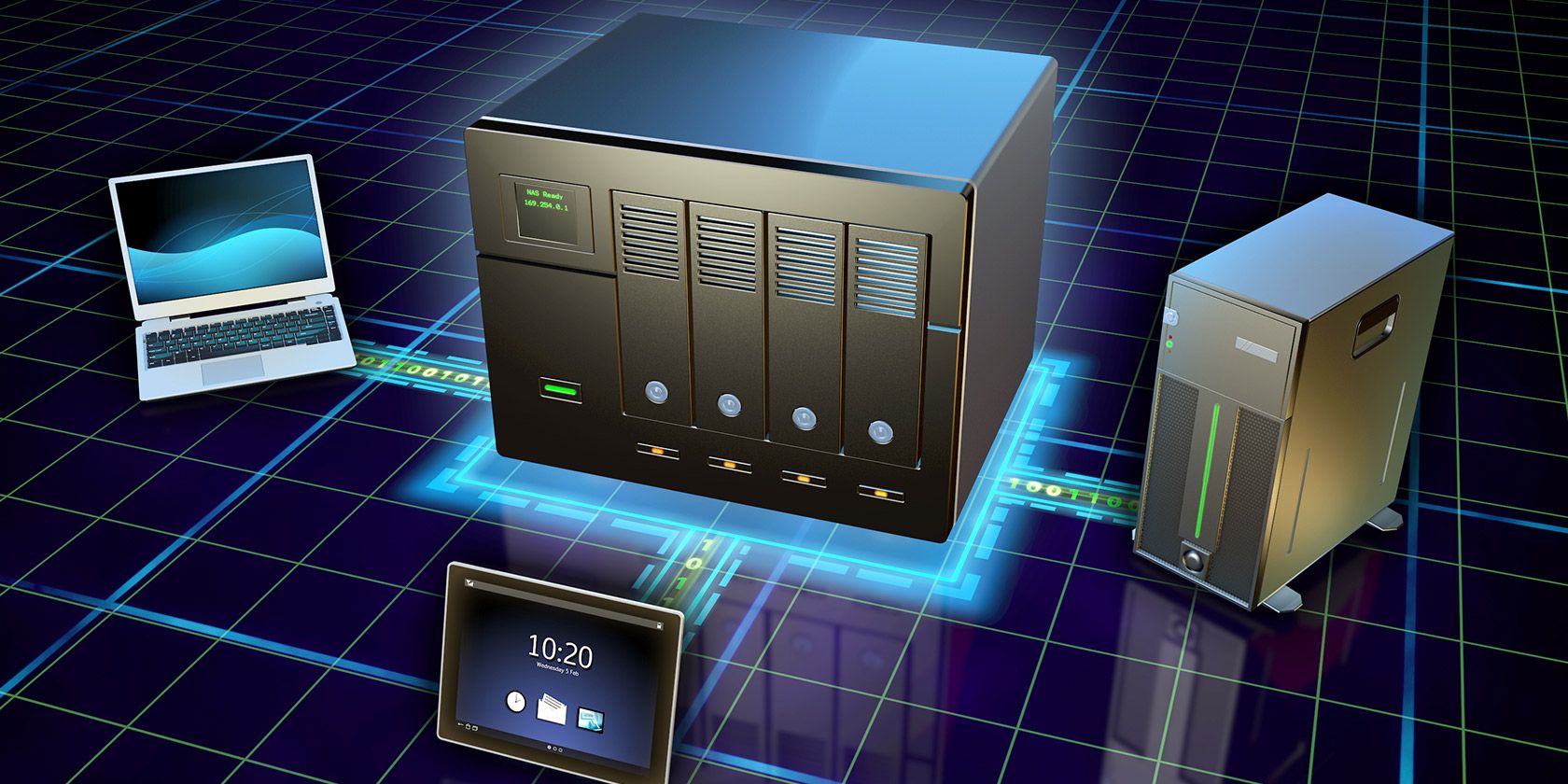
Related
NAS vs. the Cloud: Which Remote Storage Is Right for You?
Network Attached Storage (NAS) straddles the line between a local hard drive and cloud storage, and gives you the benefits of both.
Setting one up isn’t very difficult either. Free NAS solutions like OpenMediaVault, TrueNAS Core, and Unraid are excellent options for a DIY NAS system. If you need help deciding, check out our comparison of the three.
You can also turn your old computer into a Plex media server, acting as a hub for your streaming services and any locally stored content you might have. It’s not difficult to set up Plex like a pro, so you’ll be up and running in no time.
Microsoft might force you to part ways with Windows 10 by dropping support for the OS, but you don’t have to surrender your hardware just yet. Depending on whether you want to stick with Windows 10 or move on to another OS, there are options for you that can save your old PC from ending up in the trash.


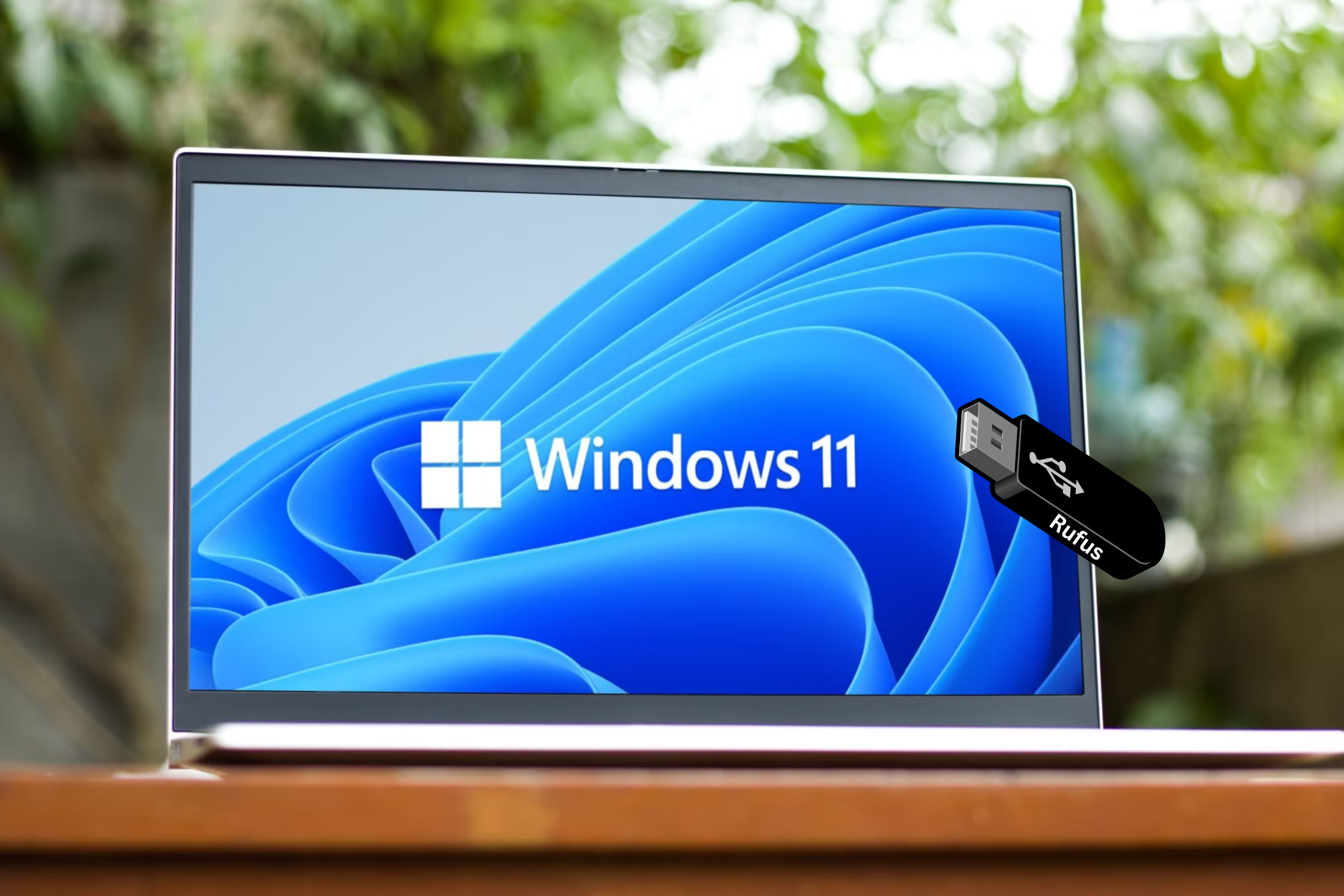
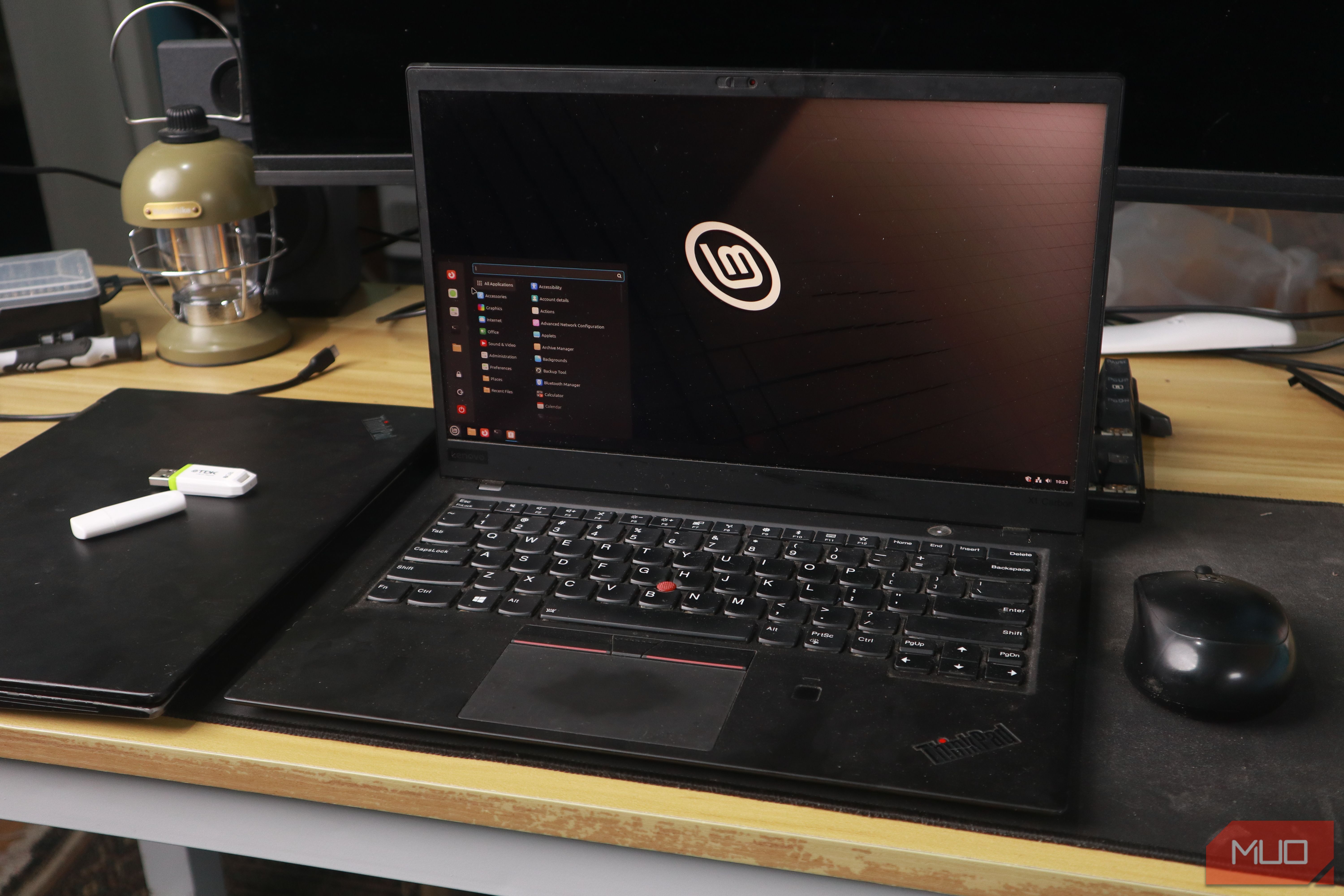
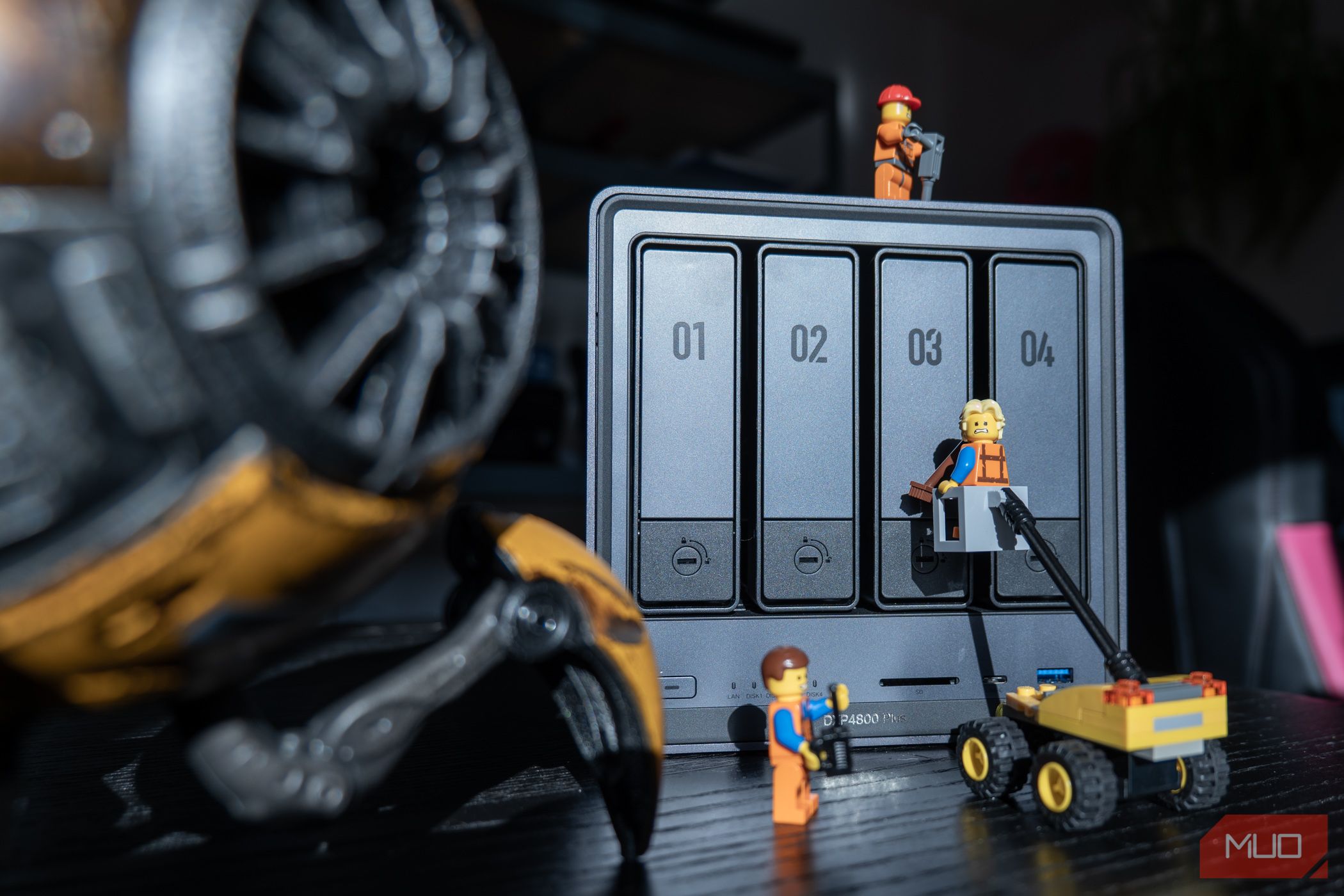





Leave a Comment
Your email address will not be published. Required fields are marked *